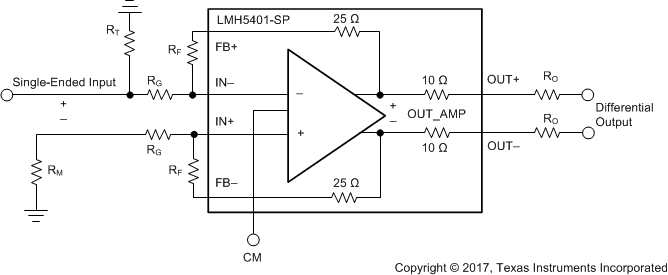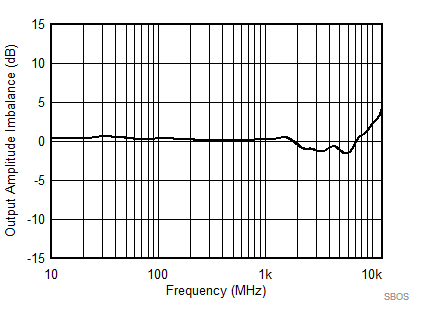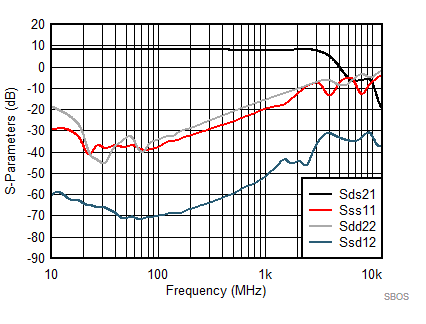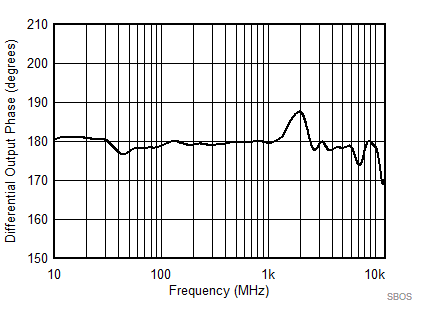SBOS849B December 2017 – February 2019 LMH5401-SP
PRODUCTION DATA.
- 1 Features
- 2 Applications
- 3 Description
- 4 Revision History
- 5 Description (continued)
- 6 Pin Configuration and Functions
- 7 Specifications
-
8 Parameter Measurement Information
- 8.1 Output Reference Nodes and Gain Nomenclature
- 8.2 ATE Testing and DC Measurements
- 8.3 Frequency Response
- 8.4 S-Parameters
- 8.5 Frequency Response with Capacitive Load
- 8.6 Distortion
- 8.7 Noise Figure
- 8.8 Pulse Response, Slew Rate, and Overdrive Recovery
- 8.9 Power Down
- 8.10 VCM Frequency Response
- 8.11 Test Schematics
- 9 Detailed Description
-
10Application and Implementation
- 10.1 Application Information
- 10.2
Typical Application
- 10.2.1 Design Requirements
- 10.2.2 Detailed Design Procedure
- 10.2.3 Application Curves
- 10.3 Do's and Don'ts
- 11Power Supply Recommendations
- 12Layout
- 13Device and Documentation Support
- 14Mechanical, Packaging, and Orderable Information
Package Options
Mechanical Data (Package|Pins)
- FFK|14
Thermal pad, mechanical data (Package|Pins)
Orderable Information
10.2.2.7 Active Balun
The LMH5401-SP is designed to convert single-ended signals to a differential output with very high bandwidth and linearity, as shown in Figure 72. The LMH5401-SP can support dc coupling as well as ac coupling. The LMH5401-SP is smaller than any balun with low-frequency response and has excellent amplitude and phase balance over a wide frequency range. As shown in Figure 73, the LMH5401-SP amplitude imbalance is near 0 dB up to 1 GHz when used with a 5-V supply. Figure 75 plots all S-parameters showing superior wideband input and output return loss compared to many baluns.
 Figure 72. Active Balun
Figure 72. Active Balun 

